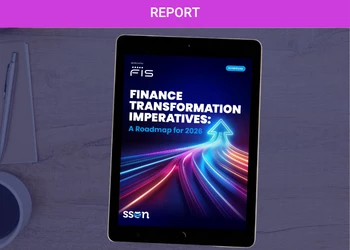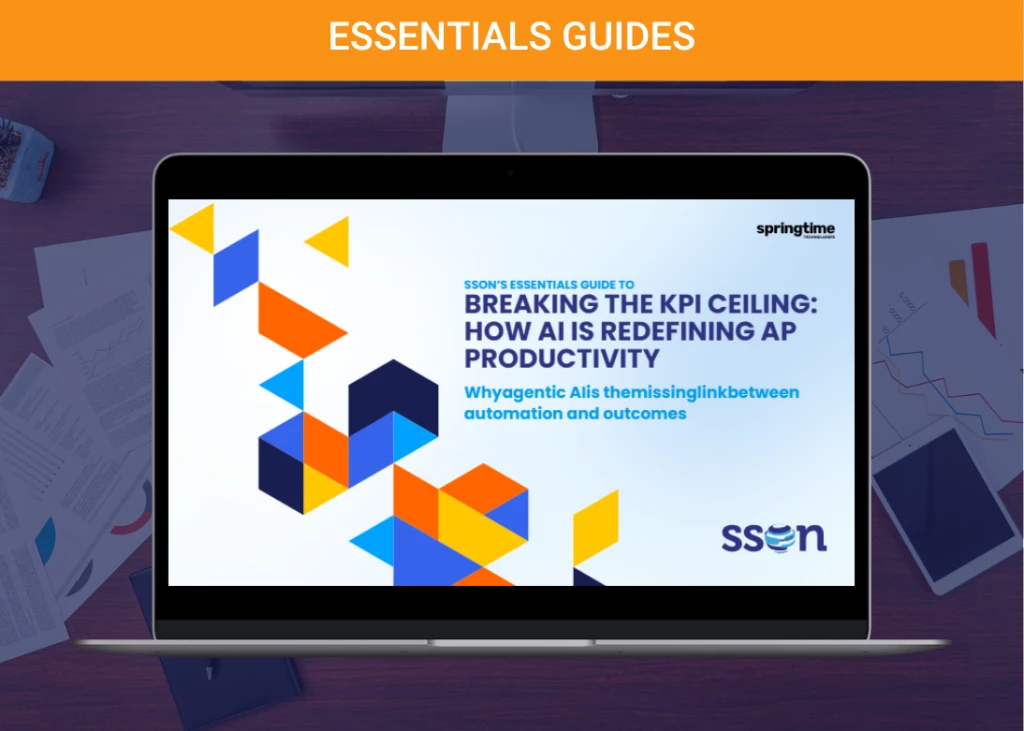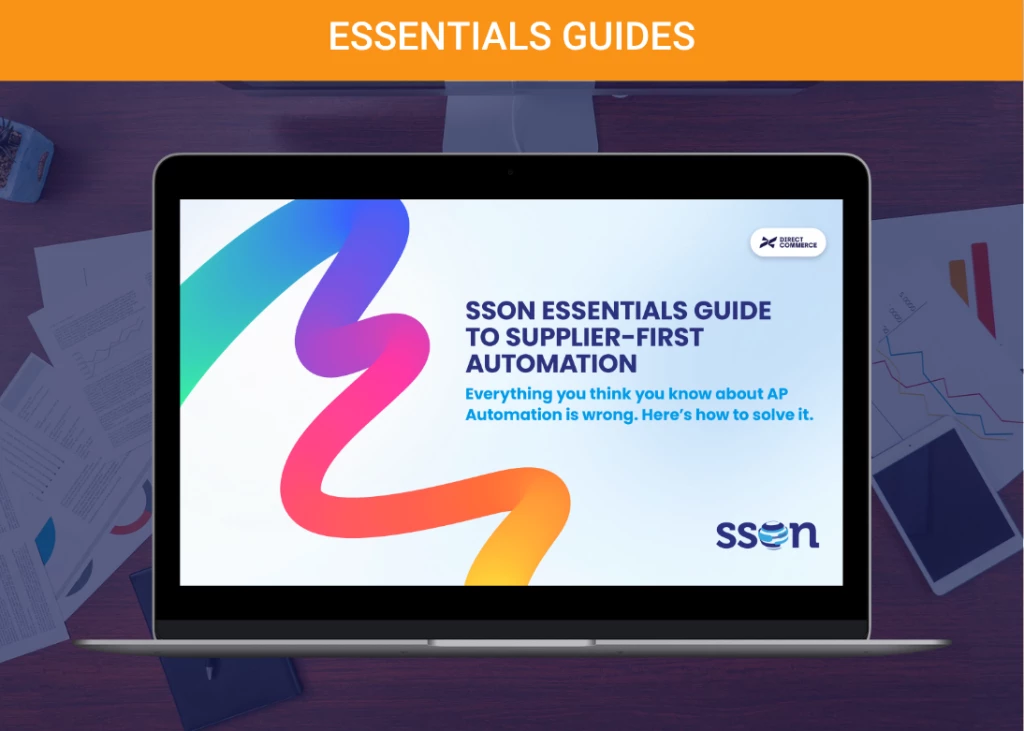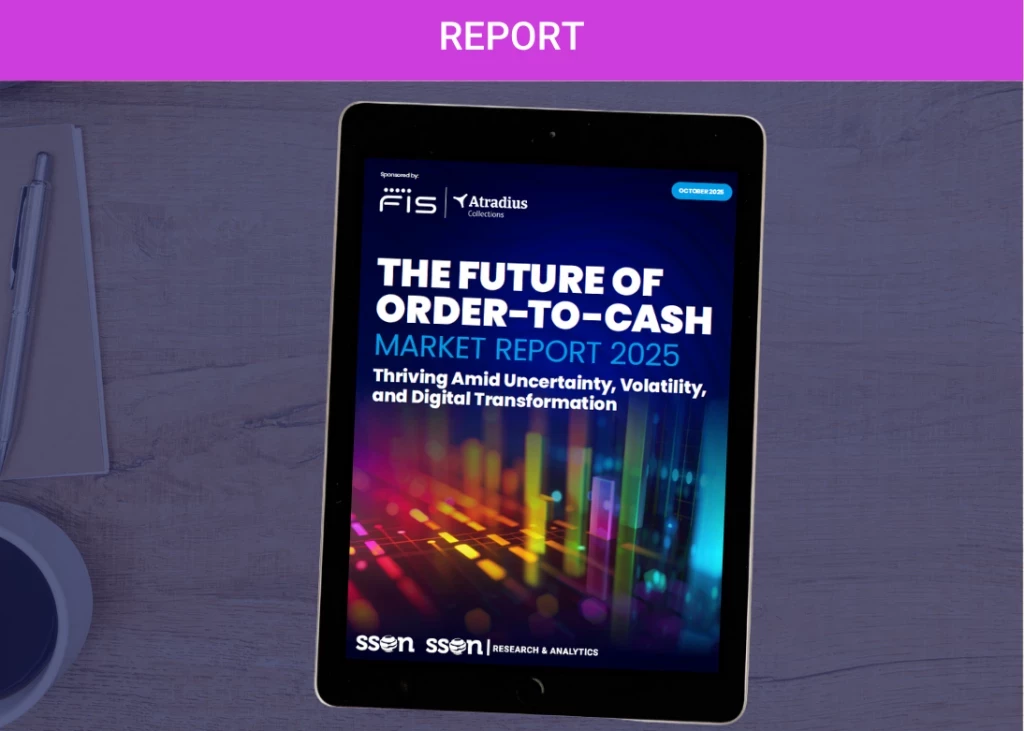
Solution provider landscape changing
Historically, single source solutions for Procurement- or Source-to-Pay (P2P/S2P) were considered to be the desired scenario and preferred goal for solution design. Many a consultant pushed it as the best practice and told procurement and finance leaders that a single source strategy would help ensure their success. One solution, one provider meant (theoretically) that it was simpler to implement, to train, and to maintain. A single end-to-end solution meant you only had to negotiate with one vendor, manage one contract, all the invoicing was consolidated, etc. And, at the end of the day there was “one throat to choke”.
But the solution provider landscape has changed. And it’s not just the cyclical pendulum swing that happens in fashion, where narrow and wide ties oscillate in popularity as a way to drive new buying trends. Instead of being content with broad but shallow solutions, procurement leaders are now requiring deeply rich solutions, driven by complex and nuanced requirements. The result is a new solution landscape that is full of niche offerings from providers focused on specific aspects of S2P and P2P.
Indeed, Best of Breed has replaced Single Source.
The concerns about integration between systems is no longer a major stumbling block; many providers now offer almost seamless integration with many complementary systems and, in fact, highlight this as a competitive advantage. And the finger pointing between vendors that may have existed in the past isn’t really an issue (perhaps it never was, and this was only a ‘risk’ raised by vendors to promote their own single source solution…).
Consultants now have developed detailed solution maps and ecosystem guides for the new procurement universe, highlighting best of breed offerings for all aspects of procurement and supply chain functionality. Though the solutions listed differ slightly between the various schemes, the number of very focused, niche solutions is almost overwhelming. And, when you add in service providers, consultants, and outsourcers, the choices of available solutions and providers is huge. Some of the maps and guides are practically eye charts! (If you aren’t familiar with these, check them out – it’s a great way to see all the key players for procurement solutions.)
Of course, not every solution is equal, and it can be argued that some of the ones that get listed are not really best of breed, and the authors of these solution maps don’t necessarily explain the criteria for inclusion. But the point is clear: companies and procurement organizations have a variety of business priorities, objectives, and pain points; and they need solutions that target those areas, not a broad brush, or one size fits all single approach.
The benefits of implementing a best of breed solution speak for themselves. It lets you craft a solution environment which matters to you, and is fit for purpose to the requirements and goals of your company and your procurement strategy. It prevents buying and perhaps implementing functionality which you don’t really need. It lets you add solutions from niche players and new market entrants which are truly unique and laser focused on specific functionality, which is important to your environment, often at very low price points. Best of breed facilitates agility and business responsiveness, which the last year and the pandemic have reinforced as critical for business success. In short, you can create a custom fit for purpose solution to support your procurement journey and business viability.
So, are the big monolithic S2P and P2P systems going away?
Of course not. But you should no longer think of them as a single source solution. Rather, as a foundational part of your procurement solution design, which you then augment with focused best of breed solutions for specific requirements.
READ ALSO: Supply Chain Transformation: An Opportunity for GBS
























